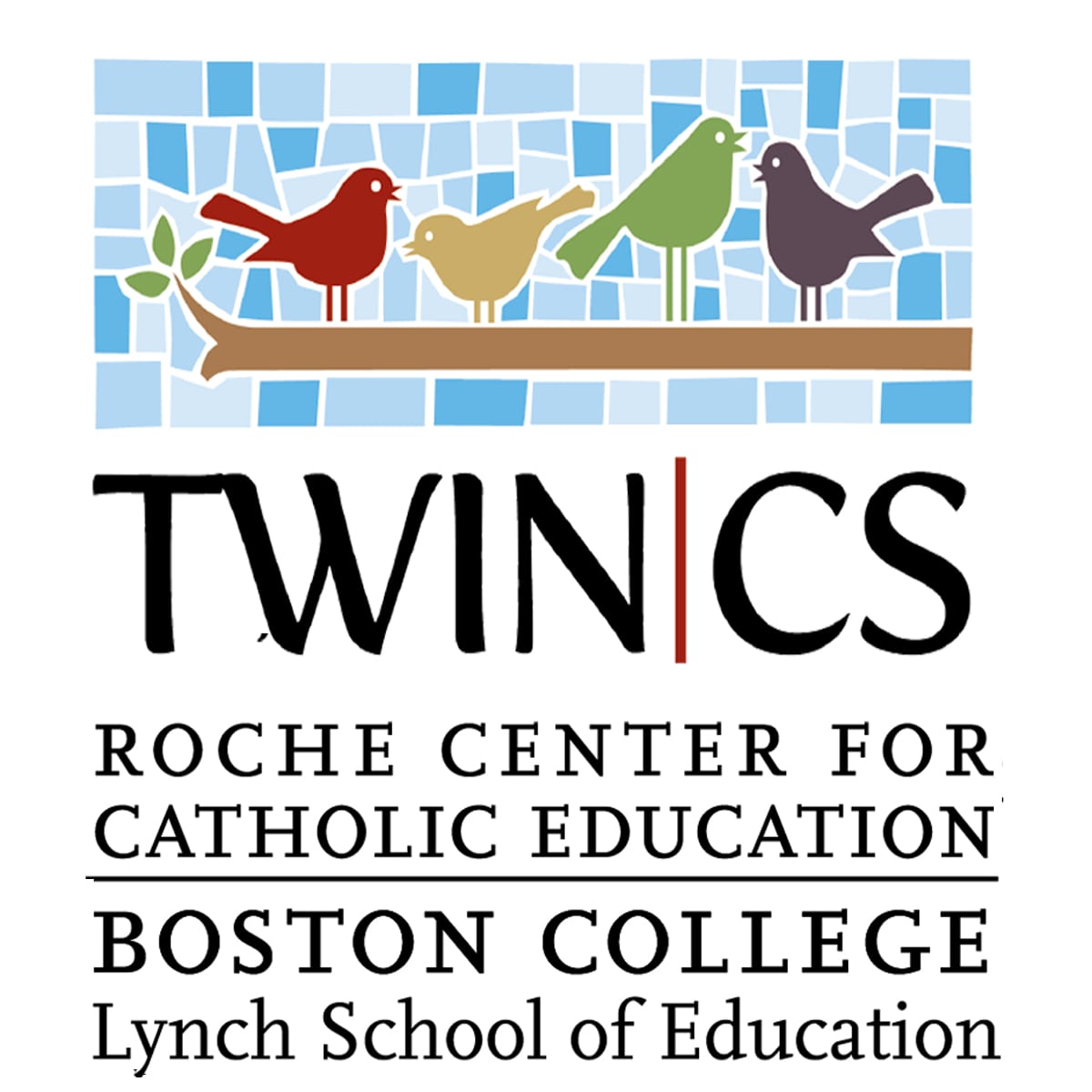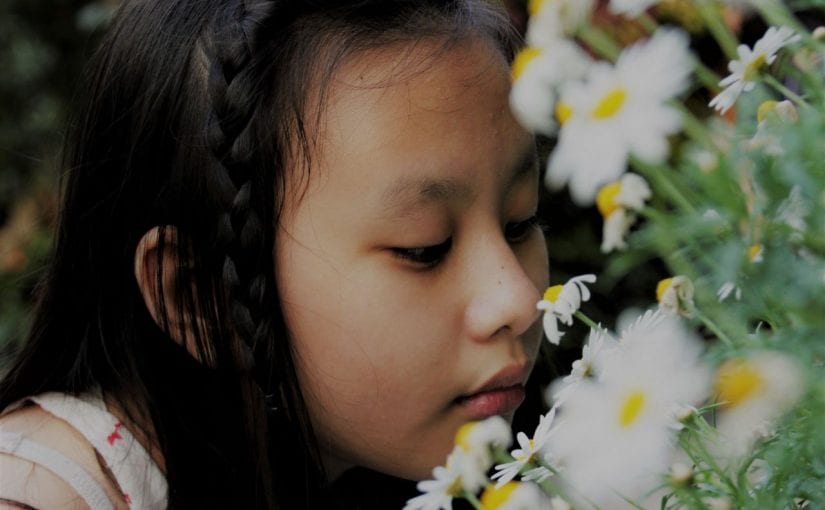Sophie Hardach, writer for BBC News, has recently written an article about how one’s language reflects the senses one uses.
A recent global study suggests that “whether we mainly experience the world by seeing, hearing, smelling, tasting or feeling varies hugely across cultures,” and such partiality is reflected in our language. The study was comprised of 26 researchers who studied 20 languages in Europe, North and South America, Asia, Africa and Australia, “with locations ranging from big modern cities to remote indigenous villages.” The results of the study suggest, “that our lifestyle, our environment and even the shape of our houses all can influence how we perceive things – and how easy (or not) we find it to put this perception into words.”
The article continues to discuss how eurocentricity can alter results. Asifa Majid, a professor of language, communication, and cultural cognition at the University of York and lead researcher of this study, argues “I think we often think about language as giving us direct information about the world…You can see that in how we think about the senses and how that’s reflected in modern-day science.” For instance, many textbooks refer to humans as “visual creatures,” but such a claim is not true for every society.
Majid states that some societies are much more geared toward smell. In fact, in her own study of Jahai, a hunter-gatherer community in the Malay Peninsula, “has recorded a vocabulary for smells as varied and precise as the English vocabulary for colours.”
According to the study, English speakers are much better at identifying shapes and colors, but struggle immensely when defining smells; hunter-gatherer communities excel at defining smells possibly because of their smell-rich environments. Such diversity holds true with other senses such as taste: “language communities that had very high scores for the tasting task – Farsi, Lao and Cantonese – all have famously sophisticated cuisines that cultivate a range of different flavours.”
The article delineates much of the research found and goes into much greater detail of linguistic diversity than found here. As proponents of dual language education, it is always beneficial to recognize that diversity doesn’t just come in the form of language, but also how one sees (and smells and tastes) the world.
Please click here for the full article.

